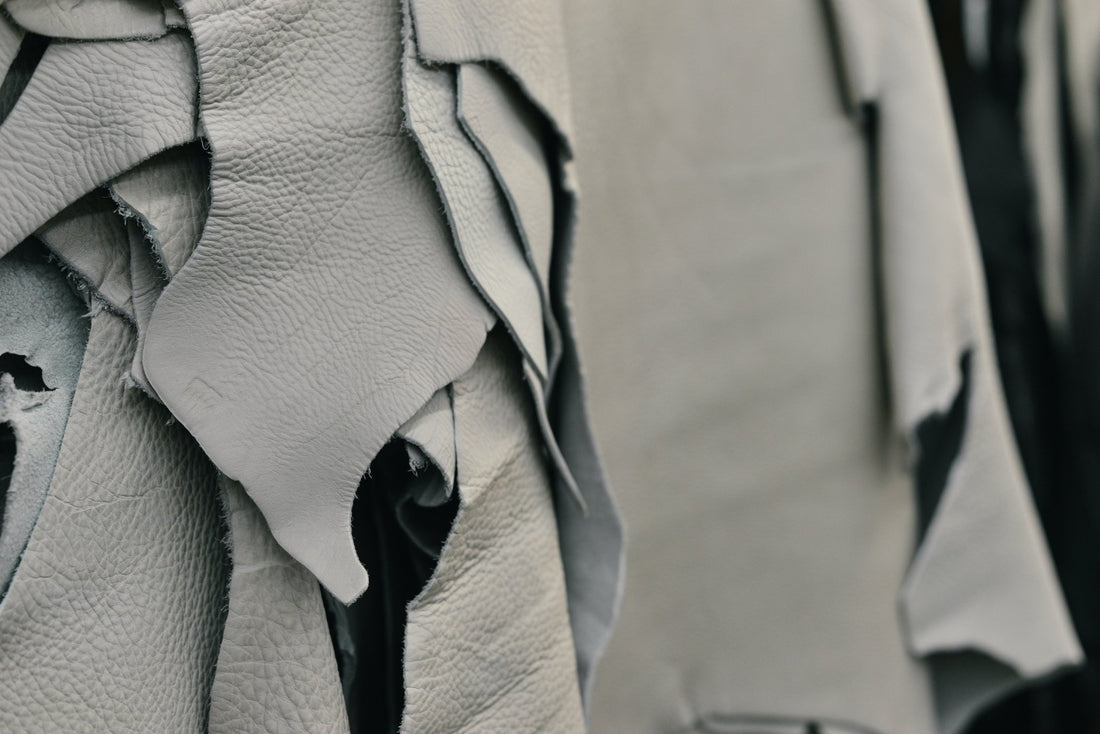
What is vegetable tanned leather?
Share
Vegetable tanned leather is a terms used a lot in the leather industry. Whether you are looking for a belt, new handbag or a new watch strap. Vegetable tanned leather is often seen as the premier tanning process, but why? What is vegetable tanned leather, how is it produced and what are the advantages and disadvantages compared to other tanning methods.
What is vegetable tanned leather?
Vegetable tanned leather is normal leather, usually from a cow which has been tanned in a process using natural tannins. This can include tree bark, roots and leaves. Leaving a rich colour which matures over time.
The Tanning Process:
The tanning process starts with a fresh hide which is salted to preserve it straight after slaughter. The leather is then prepared in a beam house where it is limed and de-limed to remove hairs and fatty tissue and the hide is prepared for tanning.
From here, the leather is placed into the tannin vat to dye the leather. This stage also aims to dehydrate the leather giving the leather its softness. The leather is then oiled and trimmed ready to be used.
Advantages of Vegetable Tanned Leather:
There are a few advantages of vegetable tanned leather over the alternative, chromatically tanned leather. The major one being that the process of vegetable tanning is much better for the environment. Mainly due to the use of natural dyes as apposed to using the mineral chromium which is toxic to the environment and people involved in the tanning process.
Another advantages is that the leather tends to last a lot longer. Chromatically tanned leather can crack and peel over time. Vegetable tanned leather can last for decades, even hundreds of years due to the natural tans which preserve the quality of the hide. Vegetable tanned leather can also be self healing for surface level scratches with the scratch fading over time.
Disadvantages of Vegetable Tanned Leather:
Due to the time and complex process of production, vegetable tanned leather can be a lot more expensive than chromatically tanned leather. This can mean that for larger leather items,
Vegetable tanned leather can also stain if exposed to extensive water. Leather, like human skin can absorb water which when dried can leave water marks on the leather material. You can remove these marks through the use of leather conditioner or oils.

